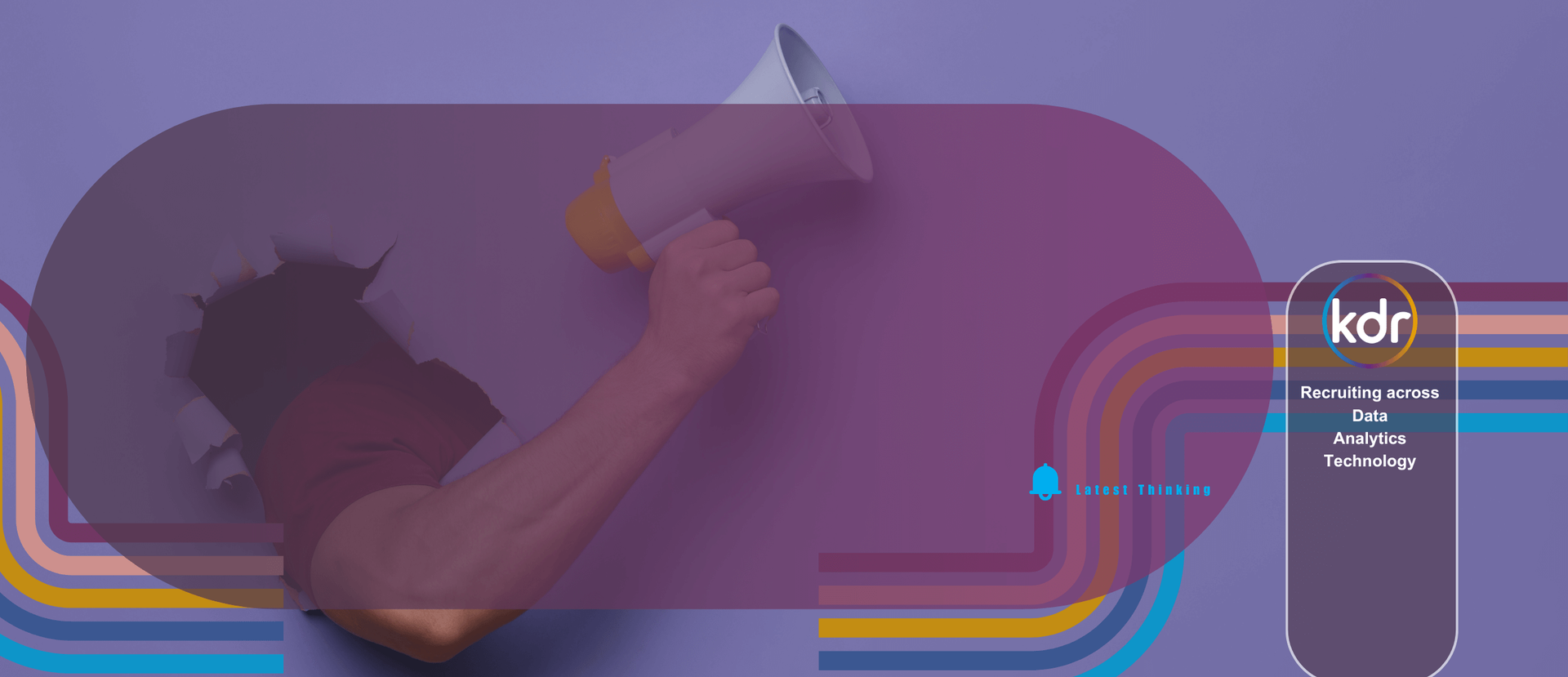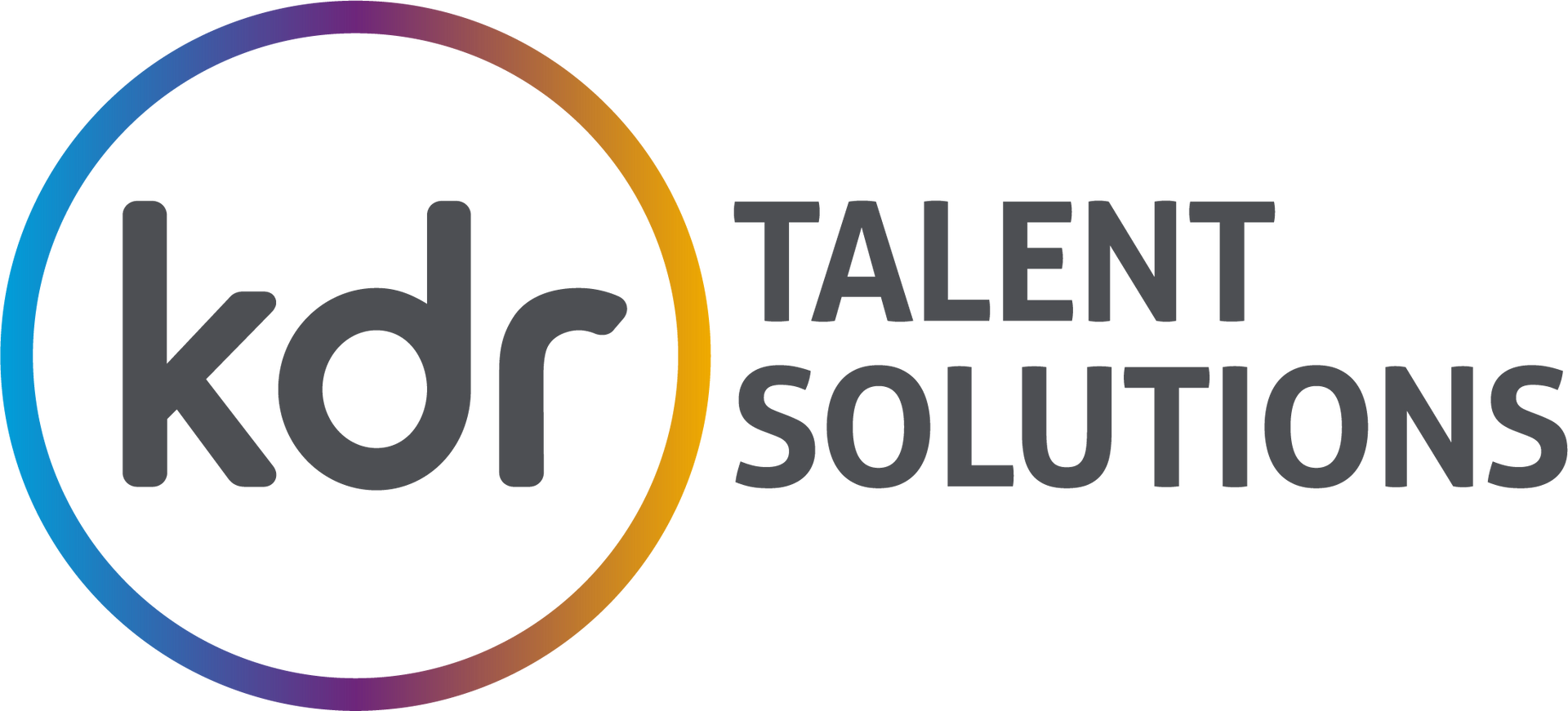The Top Data Analyst Tools to Use
In this blog post, we'll explore some of the top data analyst tools that are commonly used in the industry
The position of data analysts has expanded as firms rely more on data to make strategic decisions. These professionals are tasked with analysing and interpreting large volumes of data to identify trends and insights that can be used to guide business decisions. Data analysts use a range of tools and technology to do their jobs well.
Microsoft Excel
Data analysts have been using Microsoft Excel, a well-liked tool, for decades. It offers a variety of tools that make managing, organising, and analysing data simple. Excel is particularly useful for creating charts, graphs and tables that can be used to visualise data trends and patterns. Excel also allows data analysts to perform statistical analysis, regression analysis and other types of analysis on their data.
SQL
A popular computer language for maintaining and modifying data in relational databases is called Structured Query Language (SQL). Data analysts use SQL to extract data from databases, transform it and load it into other systems for analysis. SQL is particularly useful for performing complex queries and aggregations on large datasets.
Tableau
Tableau is a powerful data visualisation tool that is used by data analysts to create interactive dashboards and reports. It allows users to connect to multiple data sources and create customised visualisations that can be easily shared with others. Tableau is particularly useful for creating maps, charts and graphs that can be used to communicate complex data in a simple and intuitive way.
Python
Python is a popular programming language that is commonly used in data analysis. It offers a range of libraries and tools that make it easy to work with data, perform statistical analysis and create visualisations. Python is very helpful for doing advanced analytics tasks like machine learning.
R
R is yet another popular programming language for data analysis. It offers a range of packages and tools that make it easy to work with data, perform statistical analysis and create visualisations. R is particularly useful for performing complex statistical analysis and modelling.
Google Analytics
Data analysts utilise the potent tool Google Analytics to monitor user behaviour and website traffic. Important information like page visits, bounce rates, and conversion rates may all be monitored by users. Google Analytics also allows users to create custom reports and dashboards that can be used to analyse website performance and identify areas for improvement.
Apache Hadoop
Large datasets are stored and processed on a distributed basis using the open-source software architecture known as Apache Hadoop. It allows data analysts to work with data that is too large to be processed on a single machine. Large-scale complicated data analysis and machine learning tasks benefit greatly from Hadoop.
Conclusion
As companies become more data-driven, there is a rising need for qualified data analysts. To do their duties effectively, data analysts use a variety of tools and technologies. The tools we've highlighted in this post are some of the most commonly used in the industry. By mastering these tools, data analysts can improve their ability to analyse and interpret data and provide valuable insights to their organisation.








